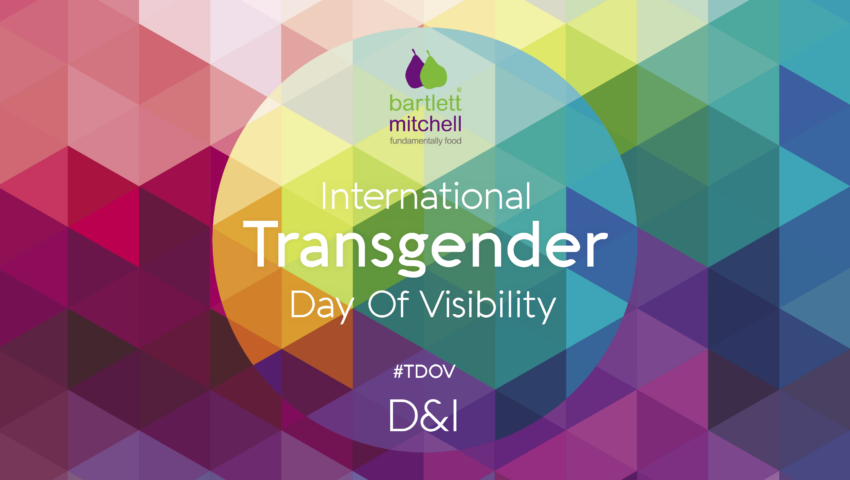Blogs
International Transgender Day of Visibility

Everyone has a deep-rooted sense of their own gender. For most people, their gender identity will match the sex recorded on their birth certificate when they were born. But for some, their assigned sex isn’t true to who they really are.
Occurring every year on the 31st March, International Transgender Day of Visibility, which started in 2009, is all about increasing recognition and awareness of the Transgender community along with the achievements and contribution they have made throughout history all over the world, in an effort to reduce the discrimination many trans people still face in their day to day lives.
Every year the ongoing fight against transphobia is taken on by a wider community of allies, both inside and out of the LGBTQ+ community, helping more and more Trans people to live and be their authentic selves. Organisations can help by raising awareness and promoting the individual responsibility, we all have, to educate ourselves about the changing landscape of gender identity.
Stonewall
According to Stonewall, in their 2018 Trans Report, one in eight trans employees (12%) had been physically attacked by a colleague or customer in that year, and 51% of trans people have hidden their identity at work for fear of discrimination – some other alarming stats include:
- 42% of trans people, who would like to undergo medical intervention as part of their transition, haven’t done so yet, because they fear the consequences it might have on their family life.
- Almost half (48%) of trans people don’t feel comfortable using public toilets through fear of discrimination or harassment.
- 34% of trans people have been discriminated against because of their gender identity when visiting a café, restaurant, bar or nightclub in the last year.
- 28% of trans people in a relationship, in the last year, have faced domestic abuse from a partner.
- 25% were discriminated against when looking for a house or flat to rent or buy in the last year.
- When accessing general healthcare services in the last year, two in five trans said healthcare staff lacked understanding of trans health needs.
- More than a third of trans students in higher education have experienced negative comments or behaviour from staff in the last year.
So what can the cis-gender community do to become allies of the Transgender community?
As well as calling out Transphobic behaviour, when it is safe to do so (supporting those being targeted lets them know they have allies). One of the simplest, yet most important, things to do is to take responsibility for reading up on the diversity of gender identity as it continues to evolve away from the binary view of there being only two distinct genders, to a more fluid state where individuals may determine their own gender identity, based on how they feel inside rather than just their external sexual characteristics.
A good place to start, this educational journey, is the Mermaids. Supporting transgender, nonbinary and gender-diverse children, young people, and their families since 1995. Mermaids began as a small self-help group of parents, whose main aim was to keep their children happy and safe. They are now one of the UK’s leading LGBTQ+ charities; their resource pages for parents and professionals have links to a wealth of easy to digest articles and information on gender diversity, such as this useful video entitled “What is Gender?”
There are also a wealth of resources for educating yourself, family, friends and teams on the Stonewall website
As a gay man born in 1975, I have some experience of living in a world that didn’t seem to include or represent me. I am very grateful to those that helped to drive changes in society that means my quality of life is better than it once was. I am passionate about doing all I can to recognise, celebrate and support transgender people, who contribute to the rich diversity of human nature which is a wonderful thing to be a part of.
Key to this is making the effort to continue to educate myself, I urge others to do the same.




